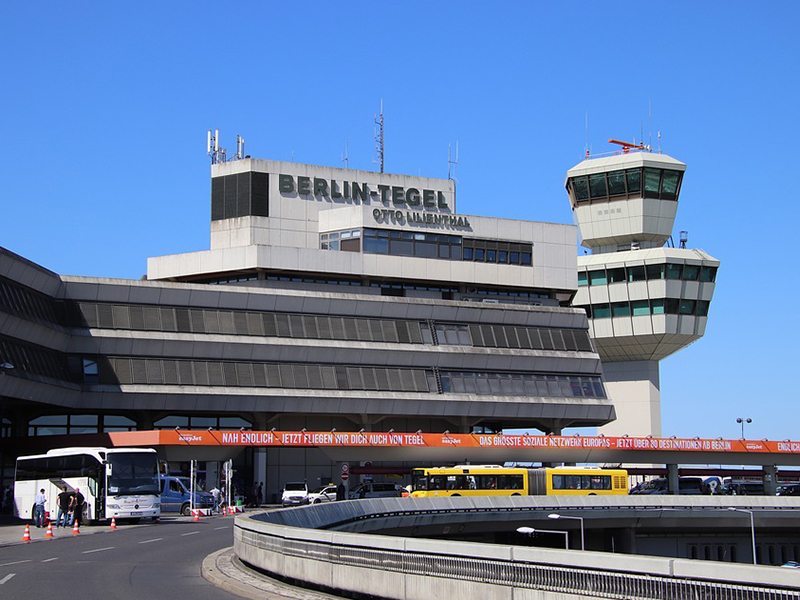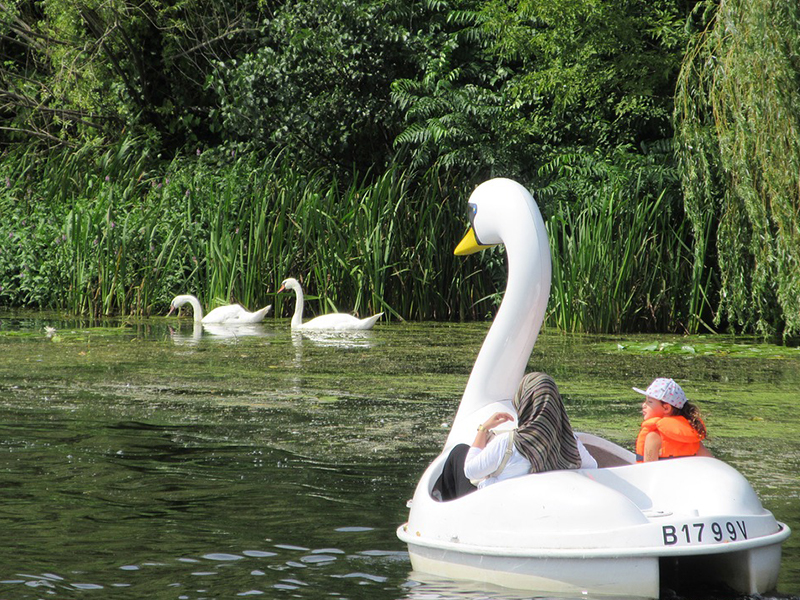Berlin Guide
Berlin-Reinickendorf
Reinickendorf may not be as popular as Prenzlauer Berg, Friedrichshain or Kreuzberg, but it is still one of the most diverse districts in the capital. From the villa district in Frohnau, to country life in Lübars, to high-rises in the Märkisches Viertel, from historic industrial sites to large-scale recreational areas - in hardly any other district of Berlin does the townscape change as quickly as in Reinickendorf. Those who live there live in their own little world in an area of almost 90 square kilometres.
From Borsig and Sido…
Reinickendorf also emerged from various municipalities that were merged in 1920 by the Greater Berlin Law. A good 20 years earlier, Borsig, one of the largest companies in the metalworking industry at the time, had settled here with another factory. The old factory site, the Borsig Tower with its shopping centre and the district of Borsigwalde, which was created for the workers, still bear witness to Germany's industrial rise at the beginning of the 20th century.
Although Reinickendorf was not spared by aerial bombardment during the Second World War, an astonishing number of houses and buildings remained standing, which is what gives Reinickendorf its charm today. After the end of the war, Reinickendorf was part of the French sector. In 1948, an airport was built in the district of Tegel during the Berlin Blockade to supply the Berliners and relieve Tempelhof. From the 1960s onwards, the airport was opened for civil aviation, and in 1974 the famous hexagonal airport building was inaugurated, which was the gateway to the world for West-Berliners and in operation until 2020. In the meantime, BER has become the capital city's airport on Brandenburg territory, and many Berliners still mourn Tegel with its short distances and iconic architecture.
Also in the 1960s, the first large prefabricated housing estate was built in what was then West Berlin - the Märkisches Viertel. Initially praised for its architecture and construction, it developed into a problem neighbourhood in the following years. Rapper Sido made the Märkische Viertel known beyond the borders of Berlin with his dubious reputation. However, renovation measures and energy-saving refurbishments have not only improved the image of the district, but also the living conditions there in recent years; with Berlin's growing population, this neighbourhood is also once again becoming the focus of interest for new Berliners.
The districts of Frohnau, Lübars and Heiligensee are particularly picturesque. There is hardly a trace of the hectic pace of the big city here; villas, single-family homes, nature and almost village-like serenity characterise the area. Also worth mentioning is the so-called White City, also known as Schiller Promenade, a settlement from the Weimar Republic, which has even been a UNESCO World Heritage Site since 2008. The Brückenhaus on Aroser Allee is one of Reinickendorf's best-known buildings.
…to Schinkel and Humboldt
If you want to get away from the big city for a while, you won't have to go far in Reinickendorf. Above all, the Tegeler Forst, which covers over 2,000 hectares, is perfect for long walks on which you will hardly meet any people. In addition to the Dicke Marie, probably the oldest tree in Berlin, you can also find the tallest tree in the capital there - the Bursdorf larch, over 40 metres high.
Lake Tegel is one of the most beautiful sailing areas in the capital, but there you will also find a beach bath and, of course, Berliners stroll here on sunny days, as the shore is particularly worth seeing. Postmodernist-style houses give the lake its very special charm. A stone's throw from Lake Tegel is Tegel Palace, one of the most beautiful buildings by the famous master builder Karl-Friedrich Schinkel, where the Humboldt brothers spent many years. One of the city's architecturally most beautiful libraries, right on the waterfront, also bears the name of the famous researchers.





